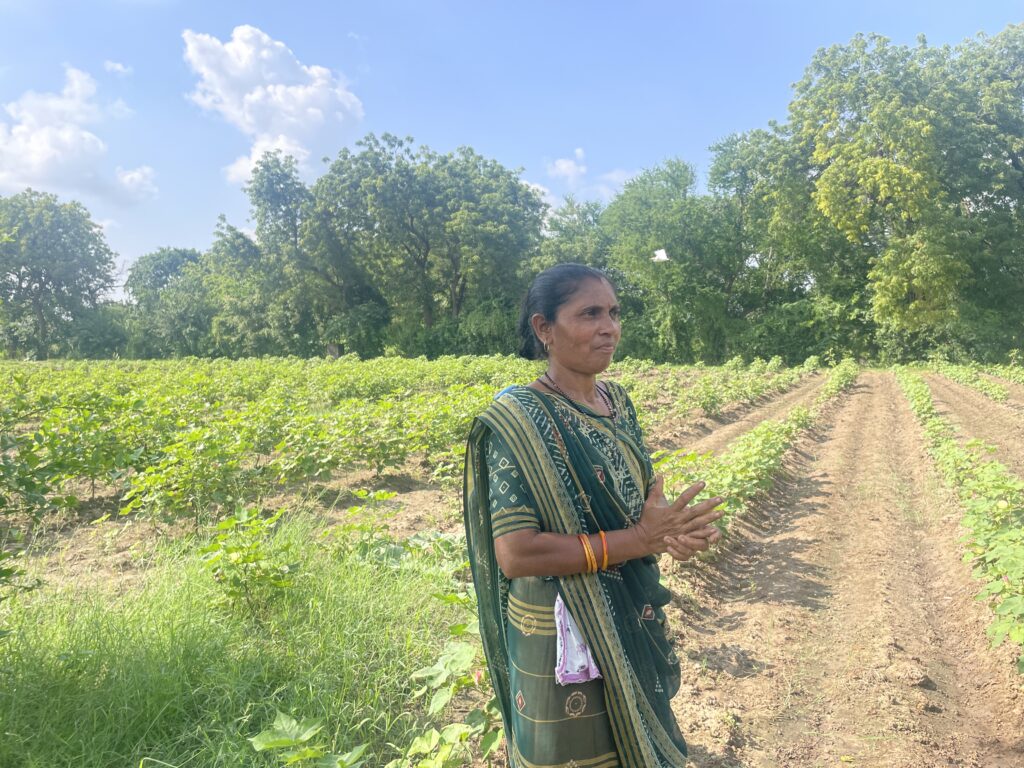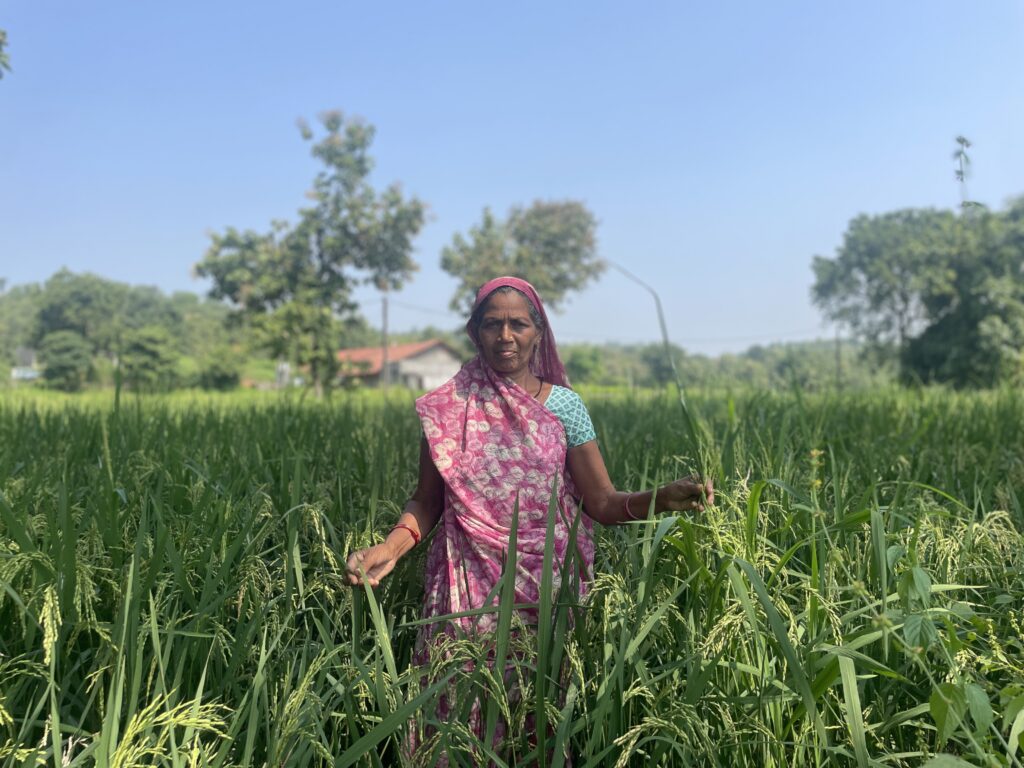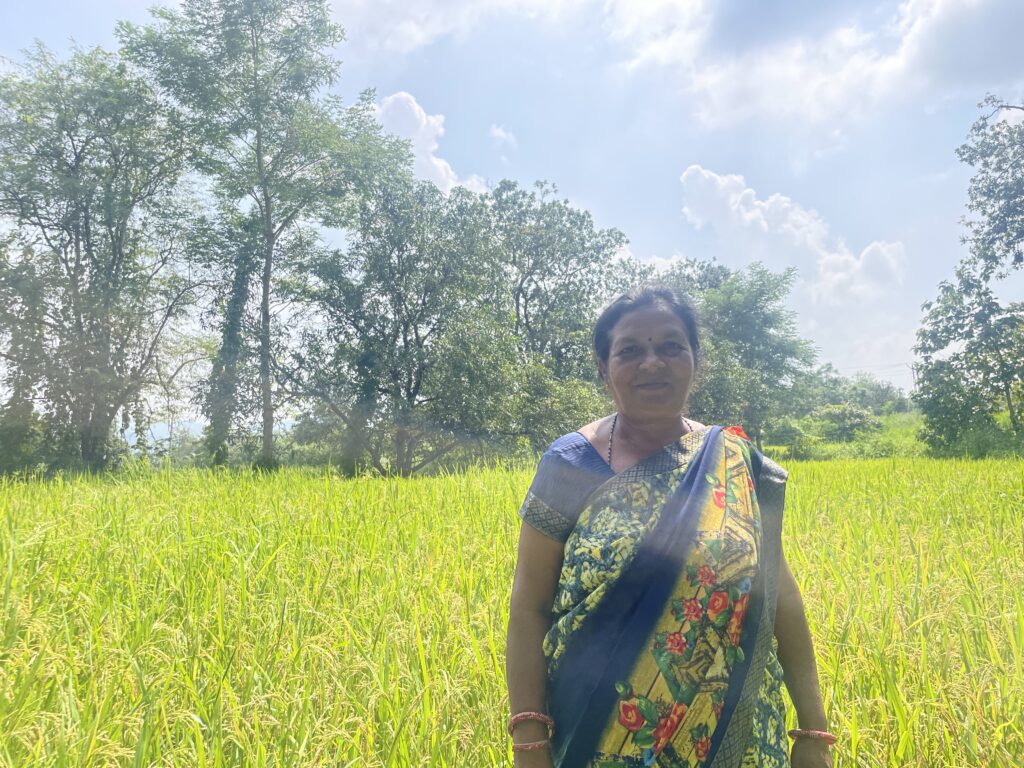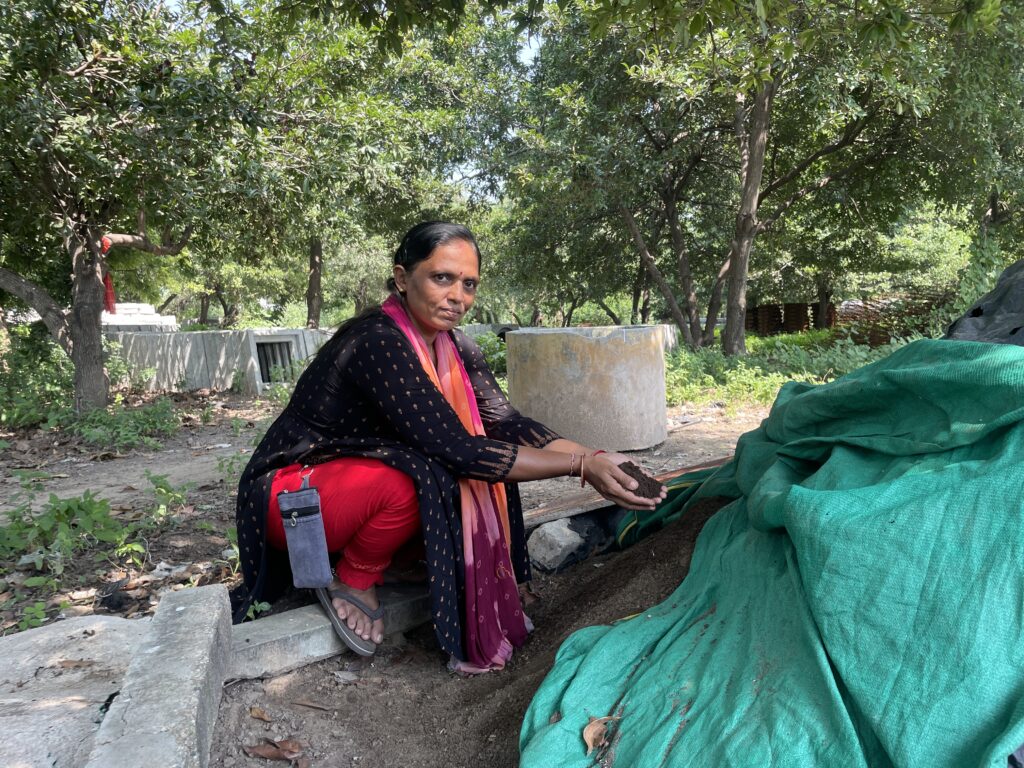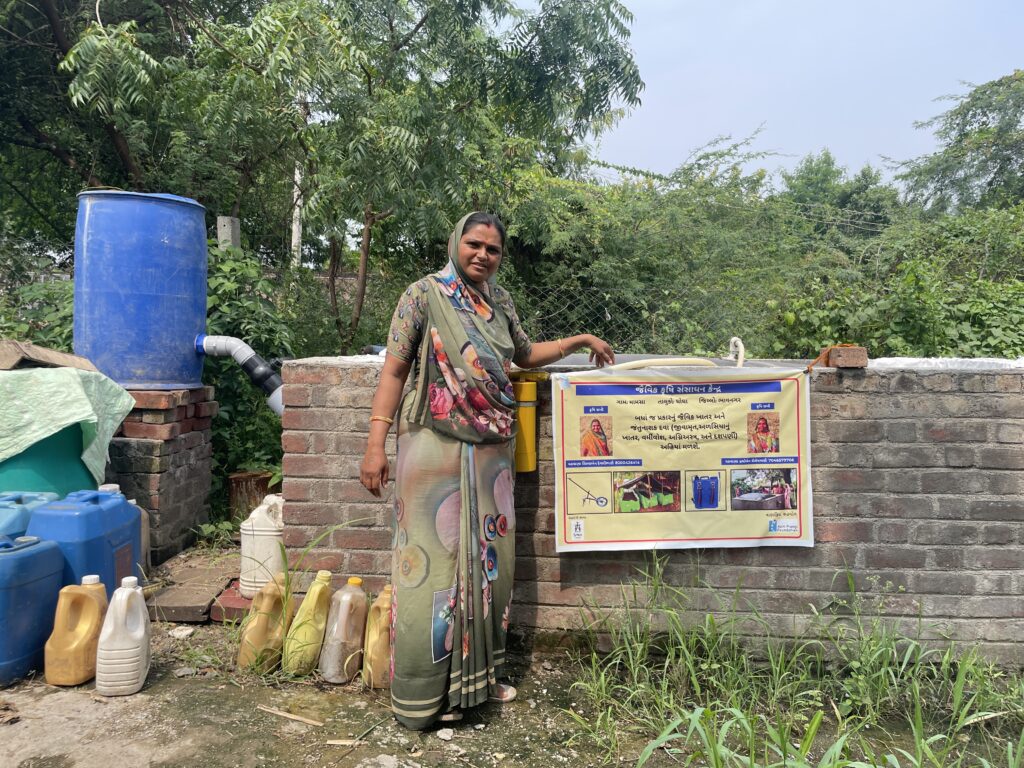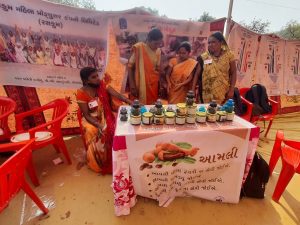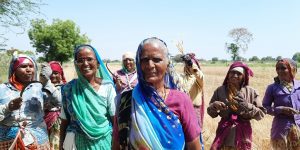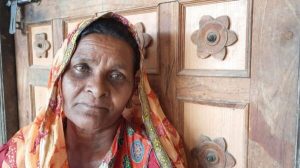[Readmelater]
How Policies On Natural Farming Favour Women With Land, Networks
Improved soil health is one of the key reasons for promoting natural farming. But women who do most of the work on farms, have limited control over land and are unable to invest successfully in it
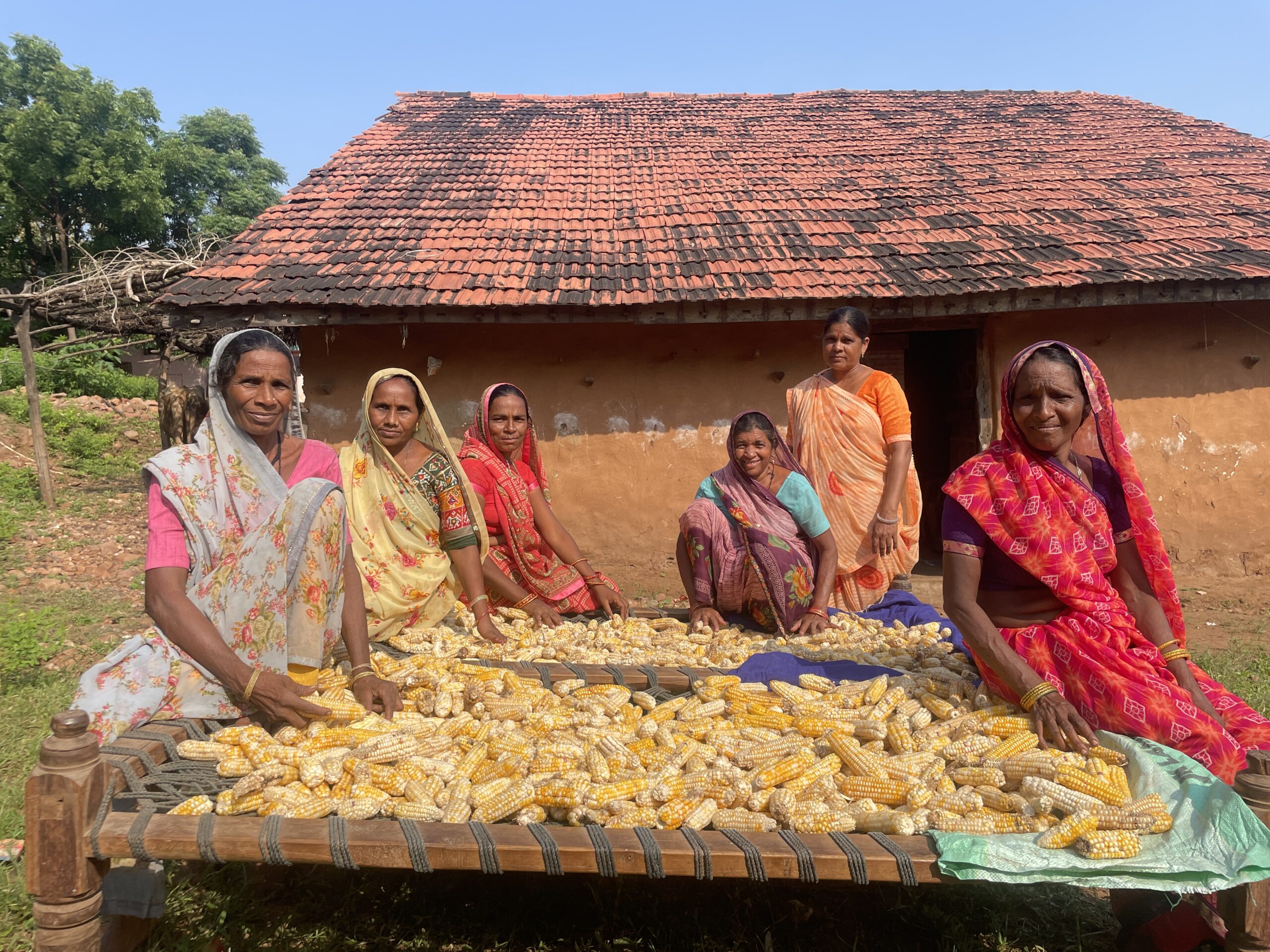
Women farmers from Mahisagar district’s Moylapad drying corn on a cot. While some of them use no chemical fertilisers, a couple use them only for produce to be sold/ Shreya Raman
Support BehanBox
We believe everyone deserves equal access to accurate news. Support from our readers enables us to keep our journalism open and free for everyone, all over the world.
